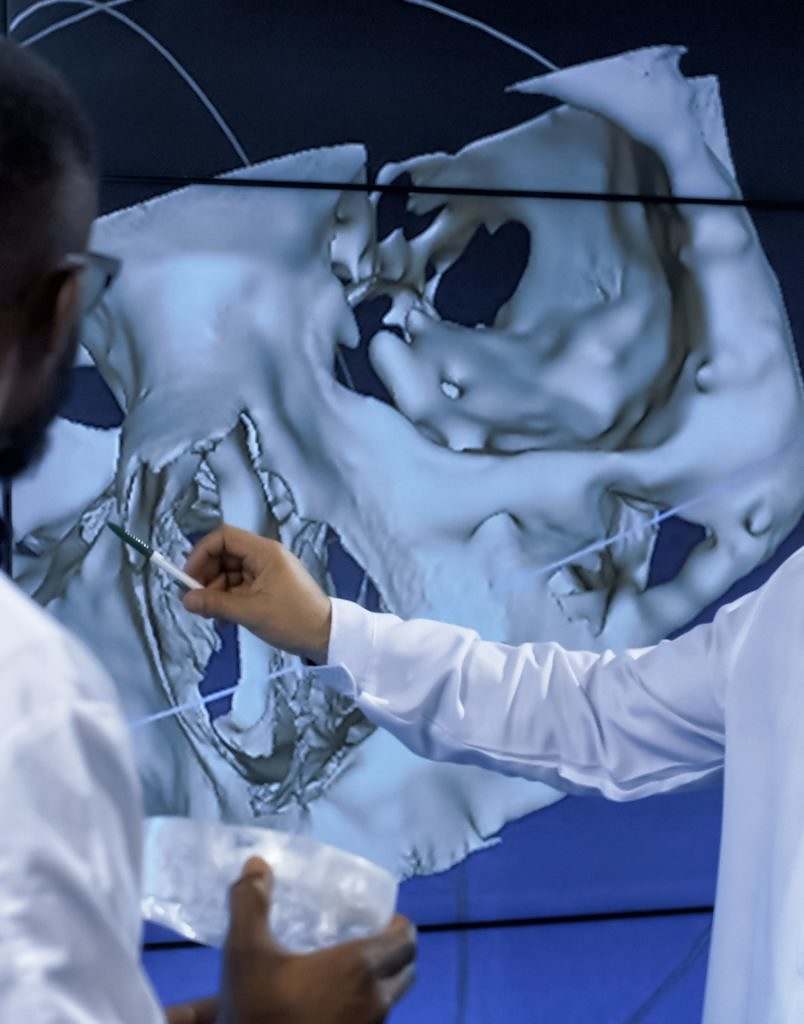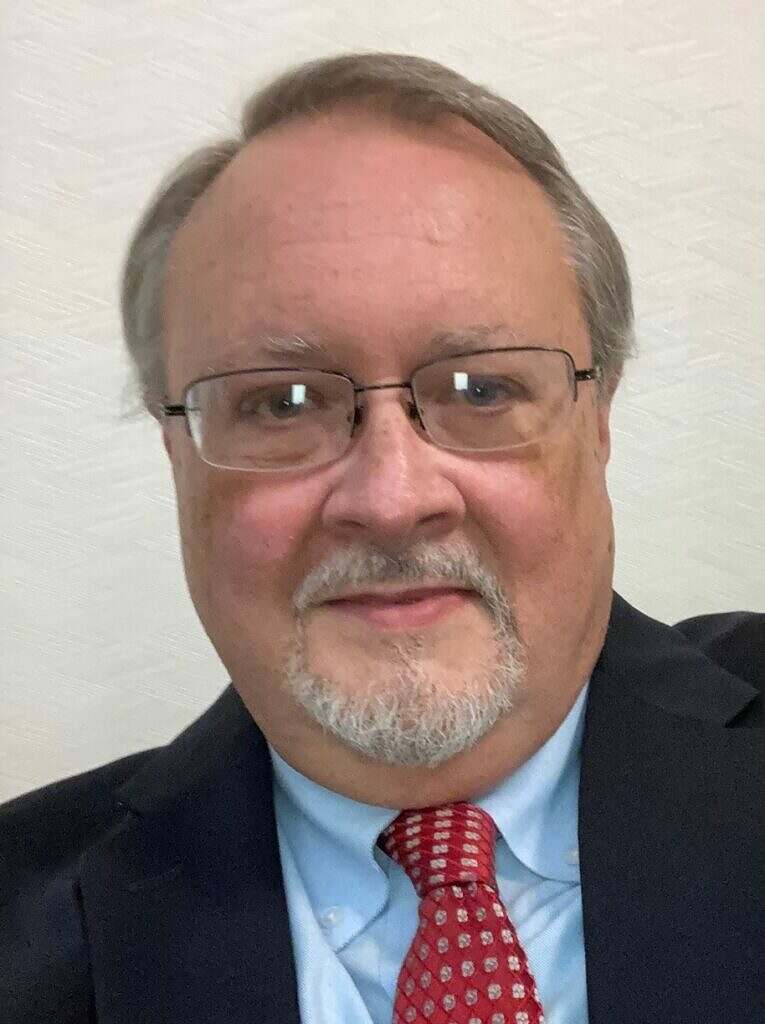|
Getting your Trinity Audio player ready...
|
It’s a mystery 130 years in the making – and there’s no answer yet.
It all started with a bad storm. Hurricane Irma roared up the Atlantic seaboard back in September 2017. Its powerful winds and waves had a nasty impact on South Carolina’s coast, killing five people, causing nearly 100,000 others lose power and leaving behind a trail of flooding and debris.
In its aftermath, something unusual turned up in the Tom Yawkey Wildlife Center Heritage Preserve in Georgetown County: A human skull.
Located between Mosquito Creek and Winyah Bay, the area had once been the site of a small village that was home to fishermen in the late 19th Century. Clothing found with the body suggested the deceased may have been one of them – possibly passing away around 1890.
But just who was this mystery person? Officials hoped to get an identity so they could have a proper reburial.
The South Carolina Department of Natural Resources (SCDNR) received a special federal grant to investigate the case. While its archeologists and researchers combed historical records looking for clues, they also turned to a special partnership between experts at Lexington Medical Center and the South Carolina Law Enforcement Division (SLED) for help.
For several years, Lexington Medical Center and SLED have participated in a joint effort to help law enforcement identify human remains. As part of this collaboration, modern hi-tech imaging is creating leads that once seemed unimaginable.
“Anytime we get unidentified remains from a law enforcement agency that is requesting assistance, we take them to Lexington Medical Center,” said Lara Gorick, a special agent in SLED’s forensic art unit. “They then do a CT scan for us. Just like they would any typical patient, except for this one doesn’t move as much.”
Amie Duke was the lead CT technologist when the Georgetown County skull was brought in.
“We have a very specific protocol that was developed that enables us to provide the best resolution on their (SLED’s software) program,” Duke said. “They bring the remains in a concealed box. Sometimes it’s just the skull; sometimes, it’s the skull and the mandible. We set it on the CT table and do the scan. It’s pretty simple, but it provides a lot of valuable information.”
Vital information, in fact, that investigators wouldn’t otherwise have – including how the late person looked. Not an artist’s rending based on other people’s descriptions of physical characteristics – but an exact recreation of their actual appearance.
When the scan is complete, agent Gorick goes to work.
“We take the information from the CT scan and upload it onto our computers with our software, and then we’re then able to do a 3D facial reconstruction,” she explained. “They used to make them with clay. Back in the fifties and sixties, they were really popular. But we do a 3D now with computer software, so with Lexington Medical Center’s help, that has definitely helped us advance in that department.”
Just how much can a skull – even one from 1890 – tell you about how the person once looked? Plenty, it turns out.
(Click to view)
“They’re able to tell whether it was a male or female,” Duke explained. “In certain ethnicities, facial features are more prominent. So when they do the reconstructions, there are pinpoints on the 3D, like cheekbones and the nose and forehead, where they can add soft tissue. So our data information gives a baseline and a starting point to where they can build the model.”
While the Lexington Medical-SLED partnership has been in place for over a decade now, SLED has only been using its 3D software since around 2020.
“We use some of the same software that people like Pixar and Disney would use,” Gorick noted. “It’s like 3D animation software. It was a bit of a learning curve because that software, as you can imagine, it is just super, super in-depth. I had to pretty much teach myself how to use it. The first one or two that I did took a while. But I’m getting quicker at it.”
Even though the patient in these cases can’t speak, Duke says it’s easy to make a human connection.
“A lot of times, I’ve asked the agent what the background was and things like that,” she said. “It reminds us that this was once a person, and let’s see if we can help figure out who this was.”
While helping to identify a skull from the days when Benjamin Harrison was president is indeed unusual, Duke and Gorick both agree that helping families find closure is satisfying.
The work of identifying the young man from Winyah Bay goes on. SCDNR is hoping DNA may provide a link to the person’s living descendants, which in turn might yield a name. But at last word, there’s no breakthrough yet. We will be sure to keep our readers posted if this case is cracked.
What we do know for sure is that people in an array of disciplines and fields are doing their best to identify remains – in numerous different contexts and cases all across the state. By providing faces awaiting names, the cooperative partnership between SLED and Lexington Medical Center is playing an important role in helping solve these mysteries.
***
ABOUT THE AUTHOR…
J. Mark Powell is an award-winning former TV journalist, government communications veteran, and a political consultant. He is also an author and an avid Civil War enthusiast. Got a tip or a story idea for Mark? Email him at mark@fitsnews.com.
***
WANNA SOUND OFF?
Got something you’d like to say in response to one of our articles? Or an issue you’d like to address proactively? We have an open microphone policy! Submit your letter to the editor (or guest column) via email HERE. Got a tip for a story? CLICK HERE. Got a technical question or a glitch to report? CLICK HERE.



